-
Content Count
25 -
Joined
-
Last visited
Content Type
Profiles
Media Demo
Forums
Gallery
Calendar
Store
Posts posted by Jon H
-
-
I suspected so but wanted to check. In the bin it will go then. Cheers guys
-
Yesterday I rediscovered a fuel can in one of my lockers that has about 10 litres of diesel from a previous owner - it is likely to be at least a couple of years old. It has been stored in a dark locker in a proper fuel container.
Would it be ok to use? If not, where should I dispose of it?Thanks
-
I’m looking at moving my boat to Brooklands Boat Club on the Wairoa River. I have a Carpenter 29 which has a 1.7 draft. Is anyone familiar with access on the different tides? The pile mooring is a few hundred metres downstream of the club. Any info and other local knowledge would be much appreciated
cheers
Jon
-
As far as I know the terminals are standard. I’m not sure what the model number means but it is 85 A/H. It was used as a single house battery on a 12v system.
here is a link that I think is the same battery although the branding is different - it has all the specs on here https://batterywarehouse.net.nz/shop/us24dc/ -
-
Great, thanks 👍
-
It is difficult to run new wires to my house battery. However, the battery switch is easily accessible. It is approx 1m from the battery to the switch and the wire is heavy duty. Instead of running wire from the solar controller to the battery can I connect the solar controller to the live side of the battery switch - in effect treating it like a battery terminal?
Thanks
-
Warning heeded. I have returned the Renogy and bought a CTEK D250SE.
Cheers
-
Thanks everyone for sharing their thoughts. I have just ordered a Renogy DCC30S from Burnsco https://www.burnsco.co.nz/catalog/product/view/id/29011/s/dc-battery-charger-reg-renogy-30a/category/2/
It’s an MPPT and DC-DC charger so it should cover my needs of charging both batteries from solar and the alternator. It can charge different profiles of house battery and trickle charge the lead acid starter. Similar to the CTEK but a bit cheaper. And I can remove the exisiting relay that did the parallel charging before (on closer inspection the connectors on the relay had got hot enough to melt the plastic so I’m glad to have that gone).
Cheers
-
My original plan was to install a dual regulator. It isn’t described as a dc-dc charger but it seems similar in function. You program the house battery type so it can charge it correctly and it also trickle charges the starter battery which must be a lead acid profile.
Votronic have had one of these for years and the EPever one I was considering is newer: https://aasolar.co.nz/product/duoracer-series-mppt-dual-battery-solar-charge-controller-10-30a-by-epever/It is about half the price of a dc-dc charger. Any thoughts on the pros and cons?
-
In order to future proof for the possibility of dissimilar batteries, does a dc-dc charger (instead of the VSR) also work both ways?
My original plan of a dual solar regulator was because they allow the house bank to be specified for the correct charge profile and then trickle charge a lead acid started battery through the 2nd connection. If I were to upgrade the house bank at some stage then the dual regulator allows that to be specified correctly. But if I go the VSR path then both batteries have to be charged with the same profile.
-
Thank you both for your replies
-
Hi. I have just bought a Carpenter 29 and I plan to install solar. It currently charges the starter and house batteries (both single lead acid) from the alternator using what appears to be a simple relay that connects them in parallel when the engine is running. I would like to charge both batteries from solar and plan to use a dual MPPT regulator such as the EPever Duoracer https://aasolar.co.nz/product/duoracer-series-mppt-dual-battery-solar-charge-controller-10-30a-by-epever/
Will it cause a problem for the solar when the relay connects the batteries in parallel whilst the engine is running?
Cheers
-
Thanks Wheels, that’s good to know. I like the idea of reshaping the key - simple, but I wouldn’t have thought of it.
-
Excellent - thank you all for your help
-
Awesome ideas everyone - thank you.
I will look at brass shims first before cutting the gap as plan B. Plan C is the rebore and sleeve (unless I can find a 2nd hand one that fits better).
Are keys something that can be bought off the shelf or are they made to order?
-
 1
1
-
-
It’s definitely the key in the tiller as I can see the tiller move independently of the shaft. Probably the slack in the clamp has caused the key to wear a bit which causes more movement in the tiller and more wear in the key etc. I like the sound of the epoxy. I will try that. My worry though is that if I can’t get the clamp tighter then it will put undue pressure on the key again and I’ll be in the same position soon..
If there is a way to increase the cut/gap where the ends of the tiller clamp meet I think that will help. Currently the ends of the clamp touch before any significant pressure can be passed to the shaft.
It’s not a huge problem - been like it for the 3 years I’ve owned it but nevertheless it is annoying so I’m keen to sort it.
Thanks
-
I’ve just reread my previous comment and I realise that of course there must be some movement in the key or nothing would move. I suspect it might be twisting in the slot though as it did feel like the width was reasonably tight.
So 2 problems - it doesn’t clamp tightly and the key has some play in it.
-
Thank you for your responses. Just to clarify a bit further, the clamp does not tighten enough even to hold on to the shaft. There is a large nut that screws on that stops the tiller lifting off and when I removed the nut today I was able to wiggle the tiller off without even loosening the pinch bolts.
The key did appear to fit snug when I pushed it into both the tiller and the shaft slot but it is possible that there is some wear from the constant movement though. Perhaps the key or the slot is not as square as it once was. Hard to measure properly without precise tools. What was your keyway fix BP?
So, it is possible there is some wear in the key. It is definite that it doesn’t clamp tightly. Is there any product where a strip of something could be wrapped around the shaft to increase the size and improve the friction hold (like wet and dry sand paper or liquid gasket)?
-
Hi
There is some play between the tiller and the rudder shaft on my Cav 32. The tiller appears to have been acquired from another boat at some stage and looks as though it is made for a shaft of slightly larger circumference . The key does prevent the tiller turning far but there is still 2 or 3 degrees of play when the tiller is turned. The pinch bolts are tight but the ends of the tiller head appear to clamp together before reasonable pressure is applied to the shaft.
I think it might help if the gap where the clamp ends meet is enlarged by a mm or 2. Is there a DIY way to do this? Hacksaw? Angle grinder? Or any other ideas? I think it is bronze.Thanks
-
Hi. I know this post is a little old now but thought I’d check if your brother and sil have found a boat yet. I have a Cav 32 that might fit many of their requirements.
-
The Landing at Okahu Bay has quite reasonable rates. I’m looking into that for my imminent haul out in the coming weeks. I haven’t used them yet but chatting to some of the boaties working around the yard I’ve heard good feedback
-
Hi all. I’m looking for a pile mooring to rent near PYBC for a 10m keeler with 1.6 draught. If anybody knows of anything - long term ideally.
Thanks
Jon
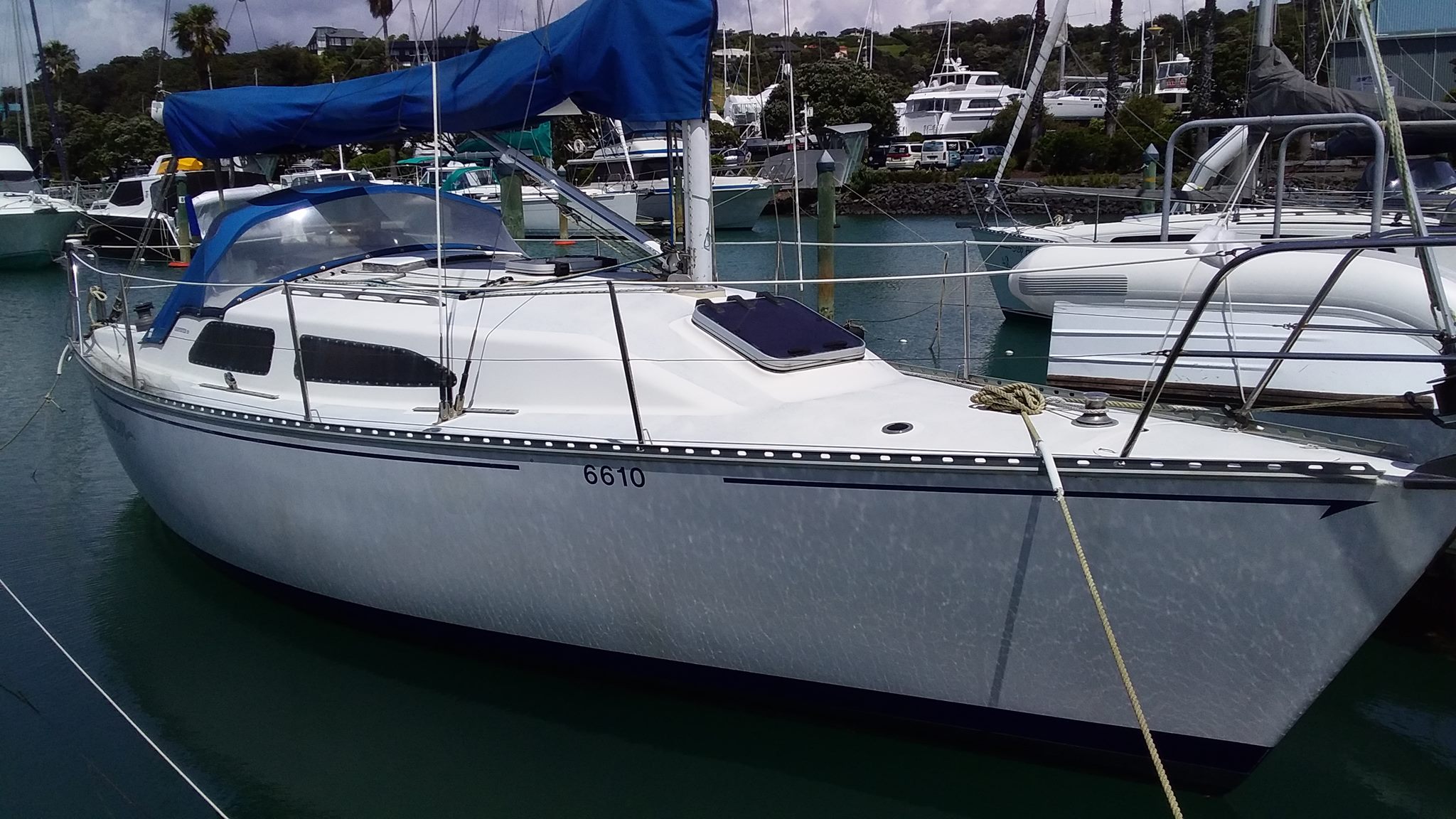
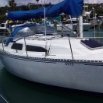
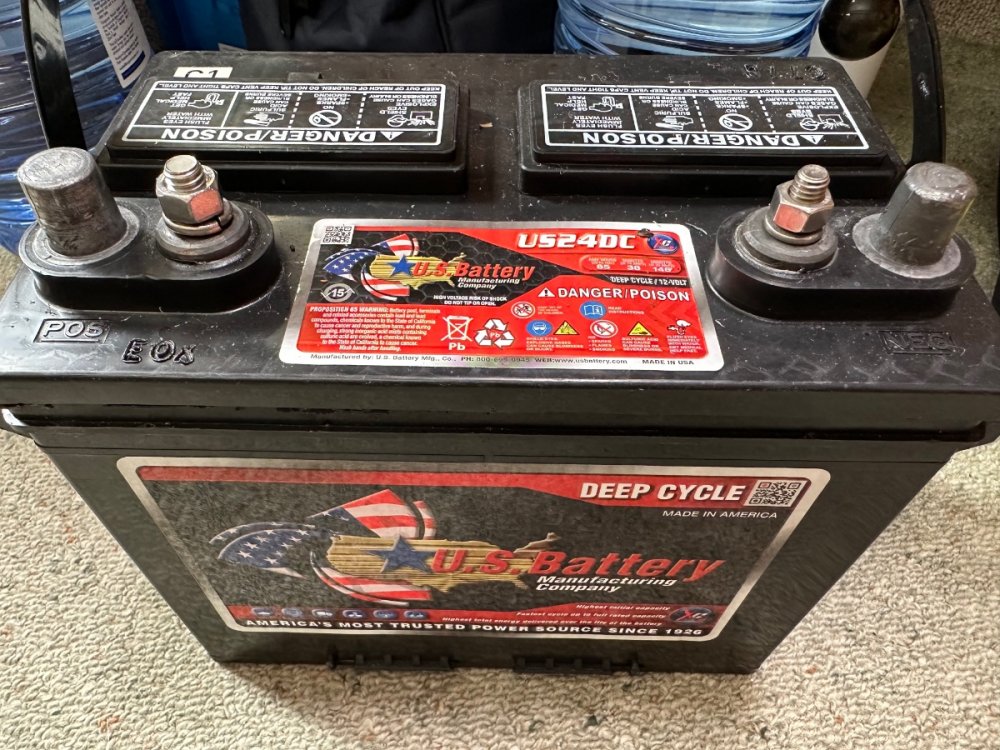
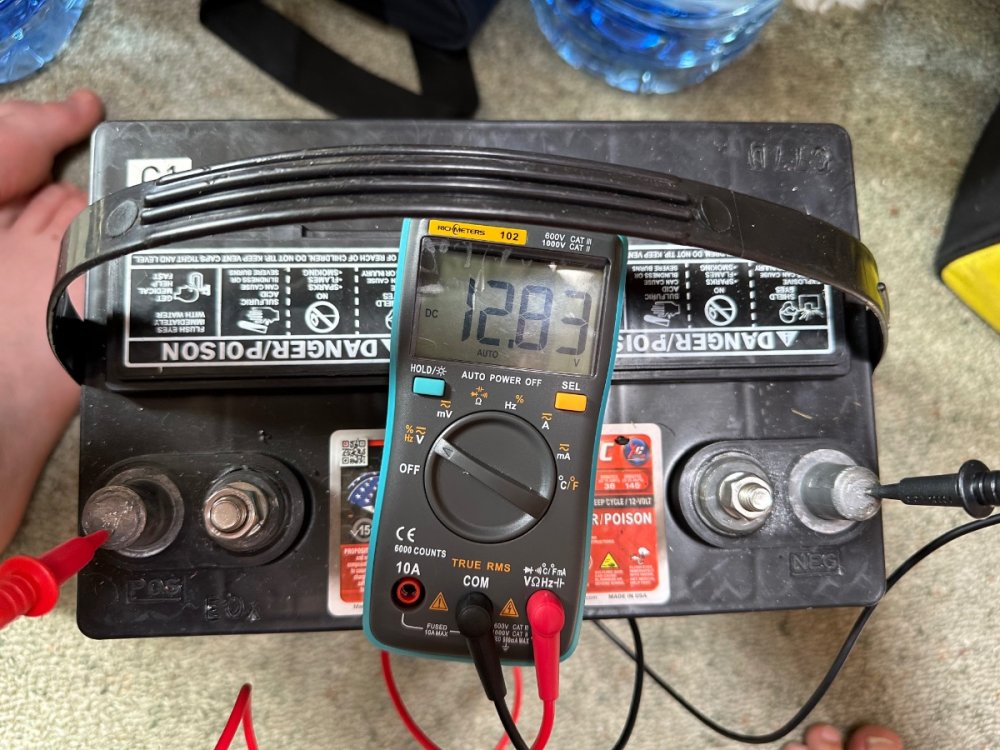

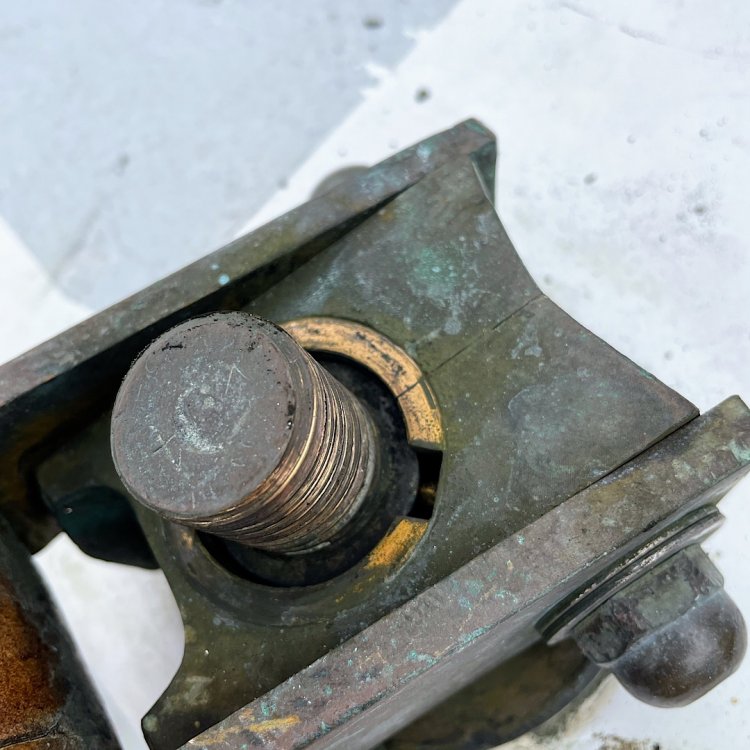
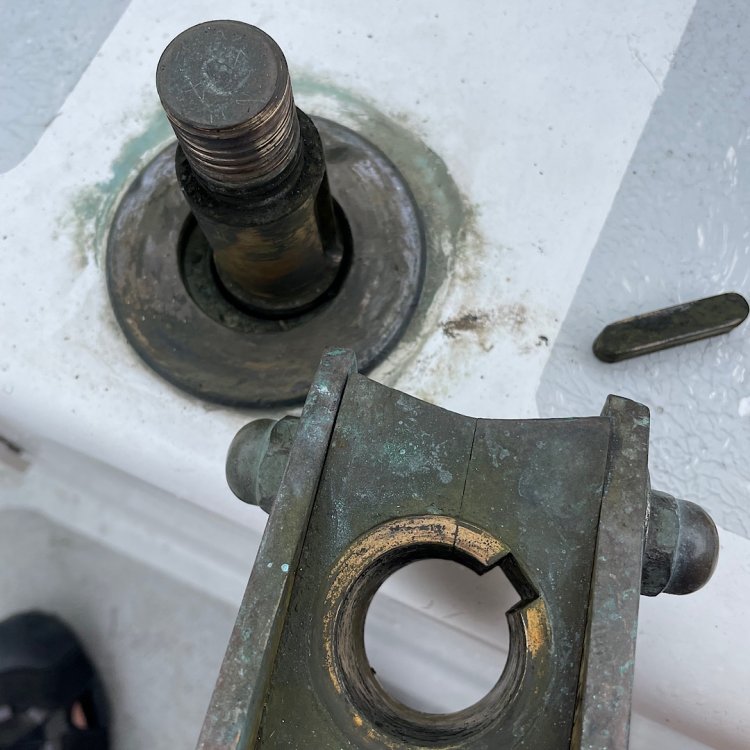
Would you use old diesel?
in TechTalk
Posted
Please don’t judge me if this is a naive question but can old diesel be dumped into the tanks at Westhaven that are for disposing of old engine oil?